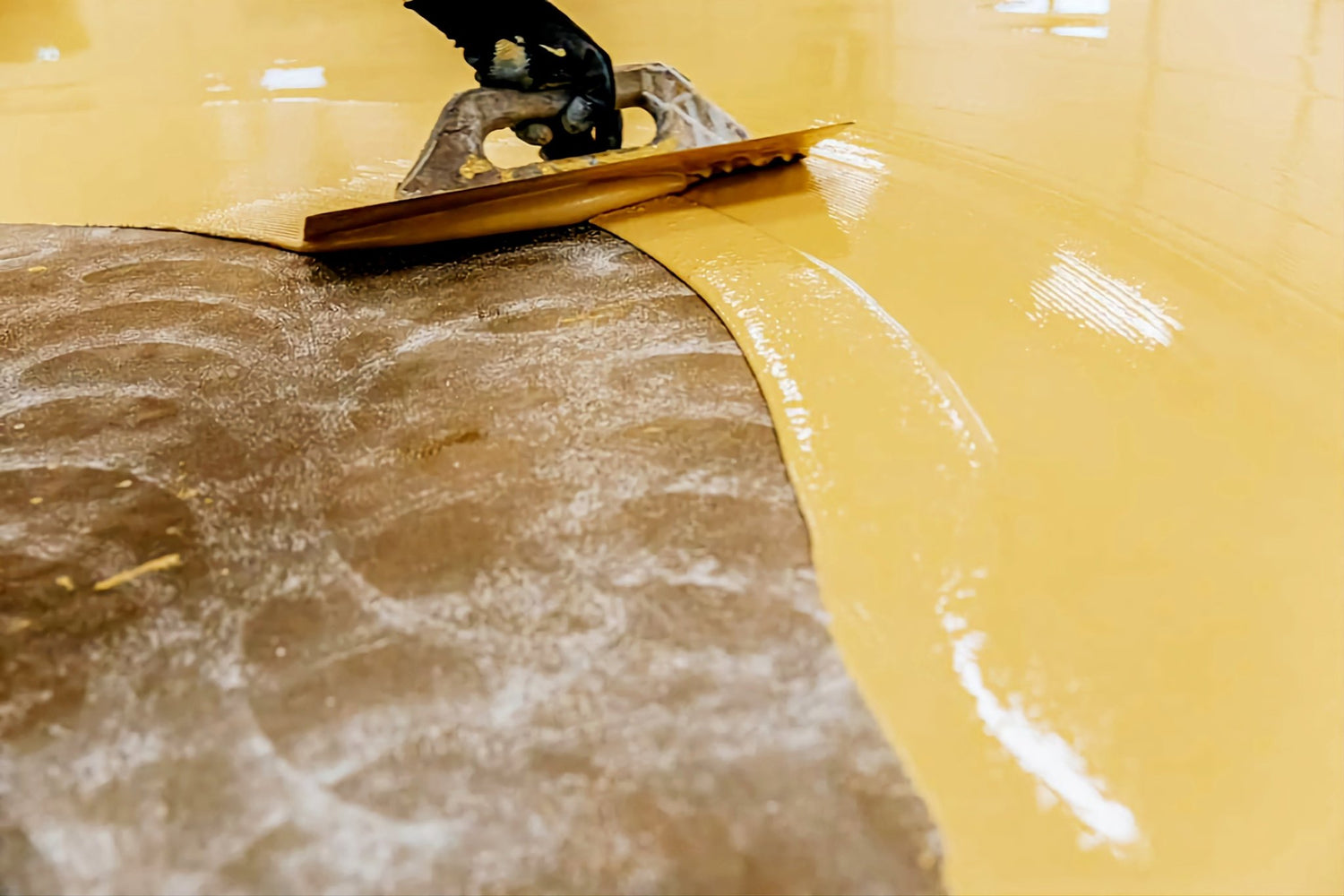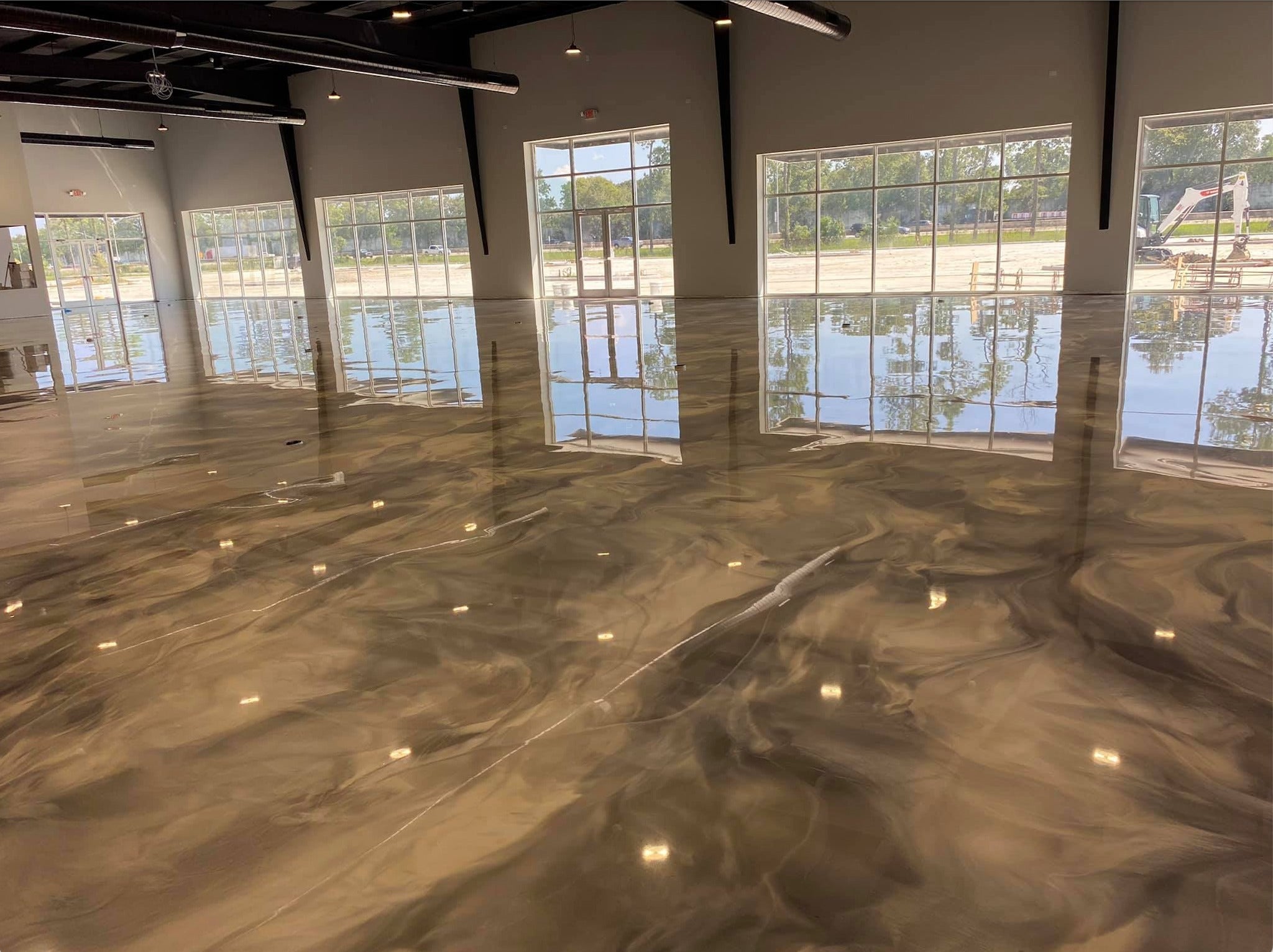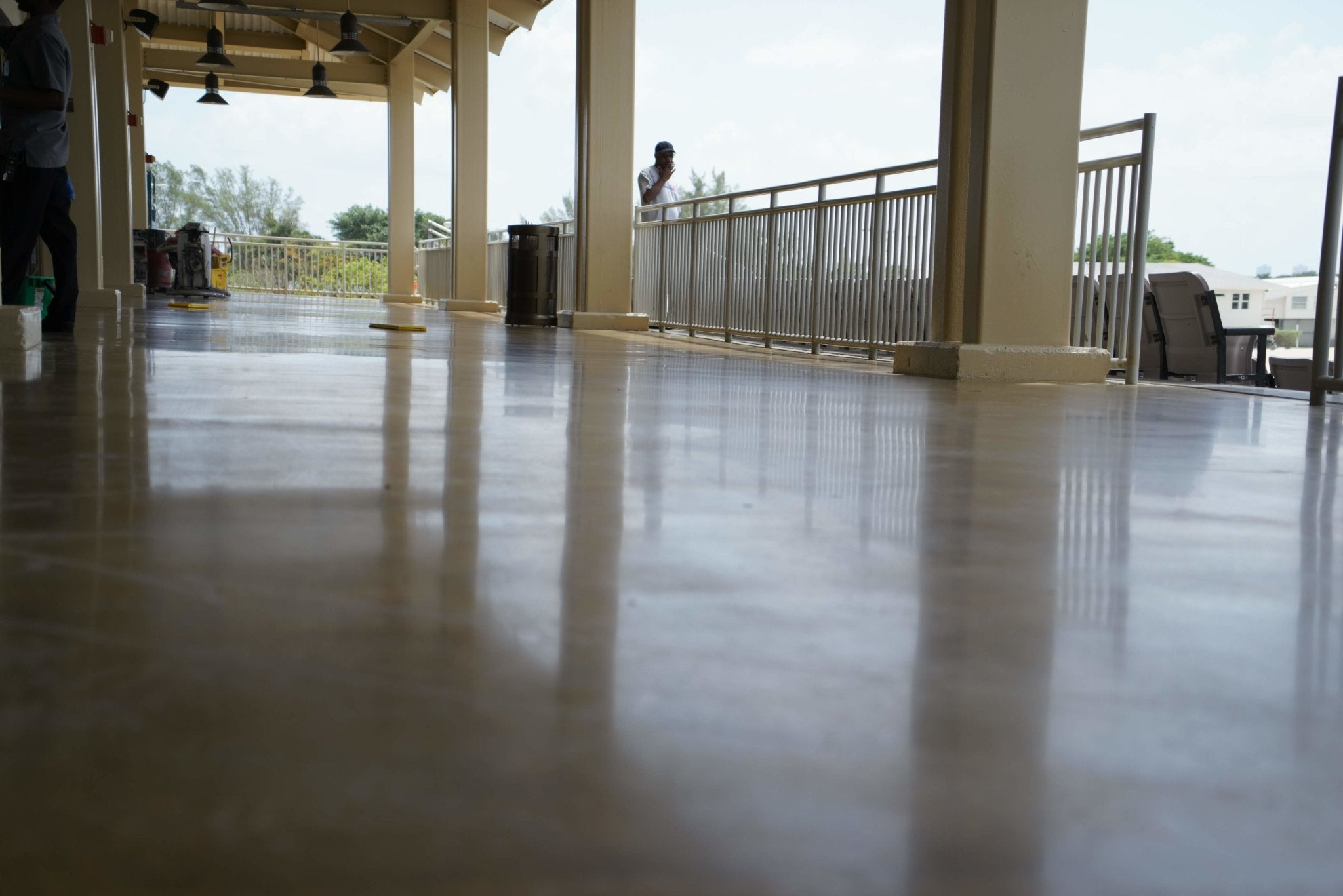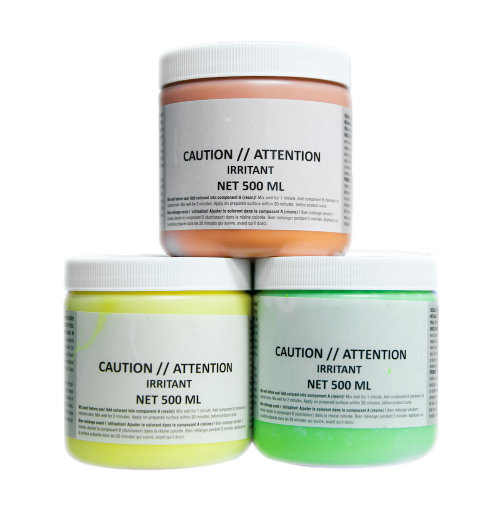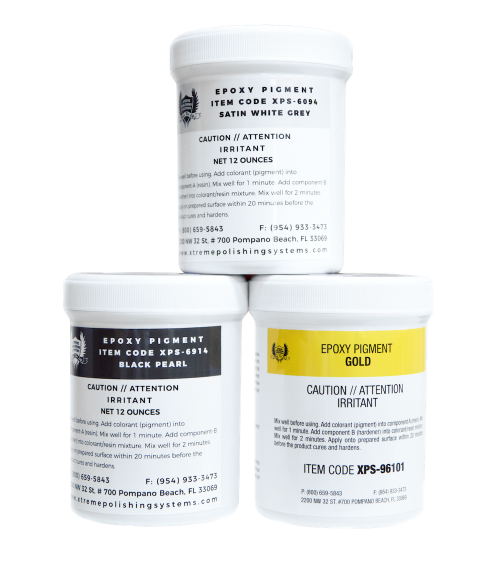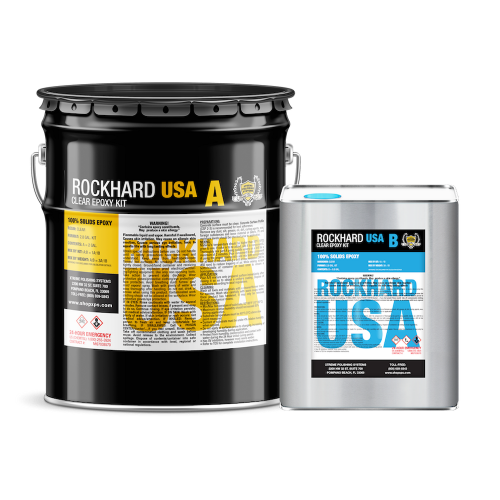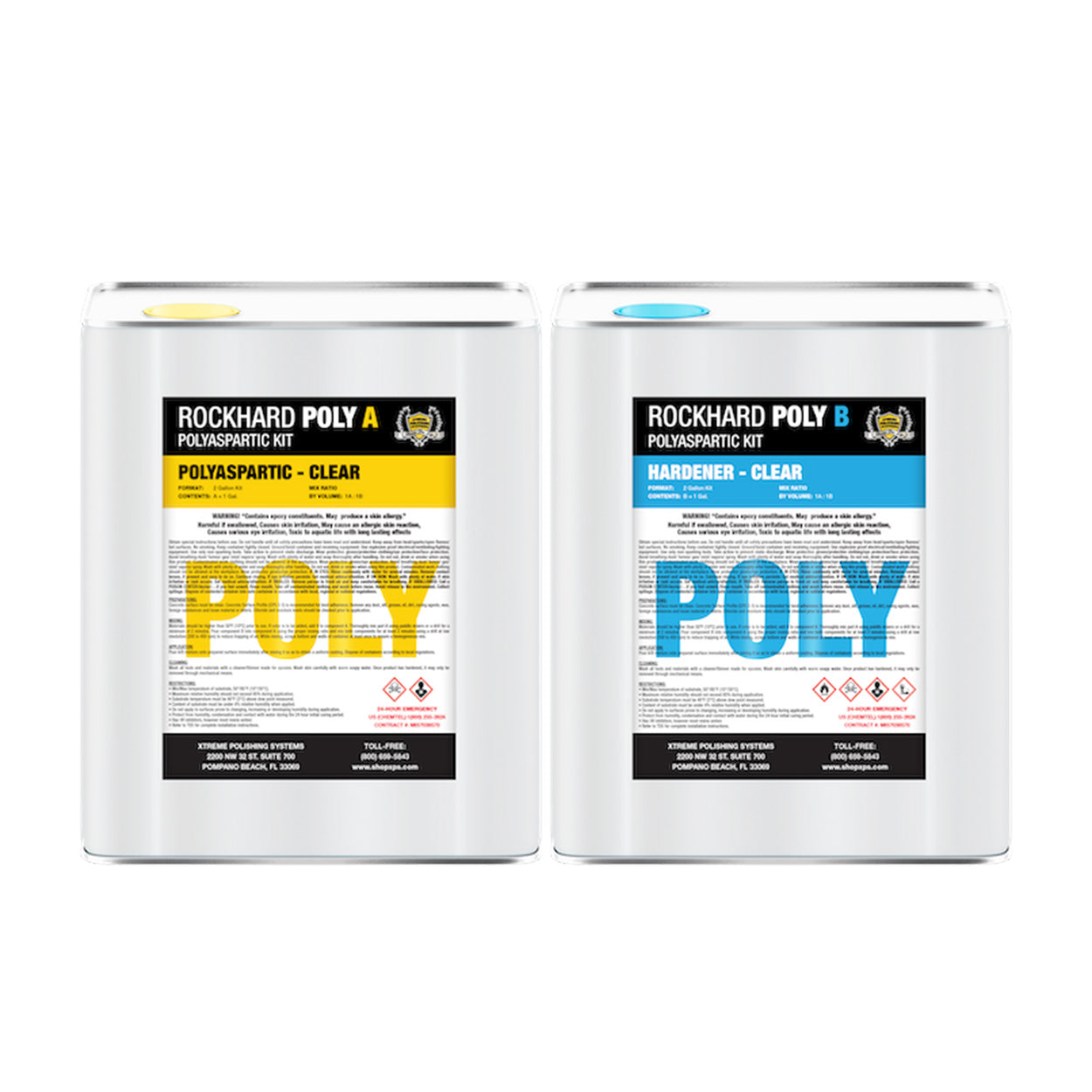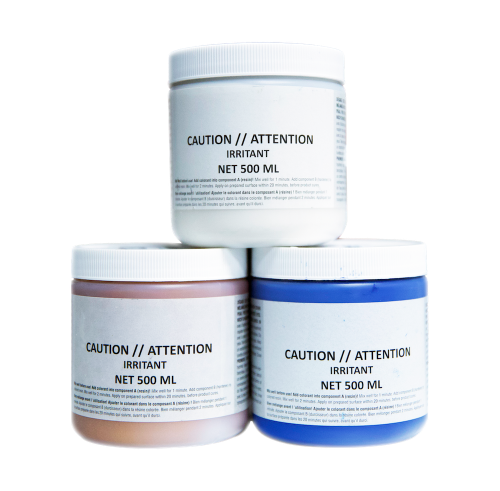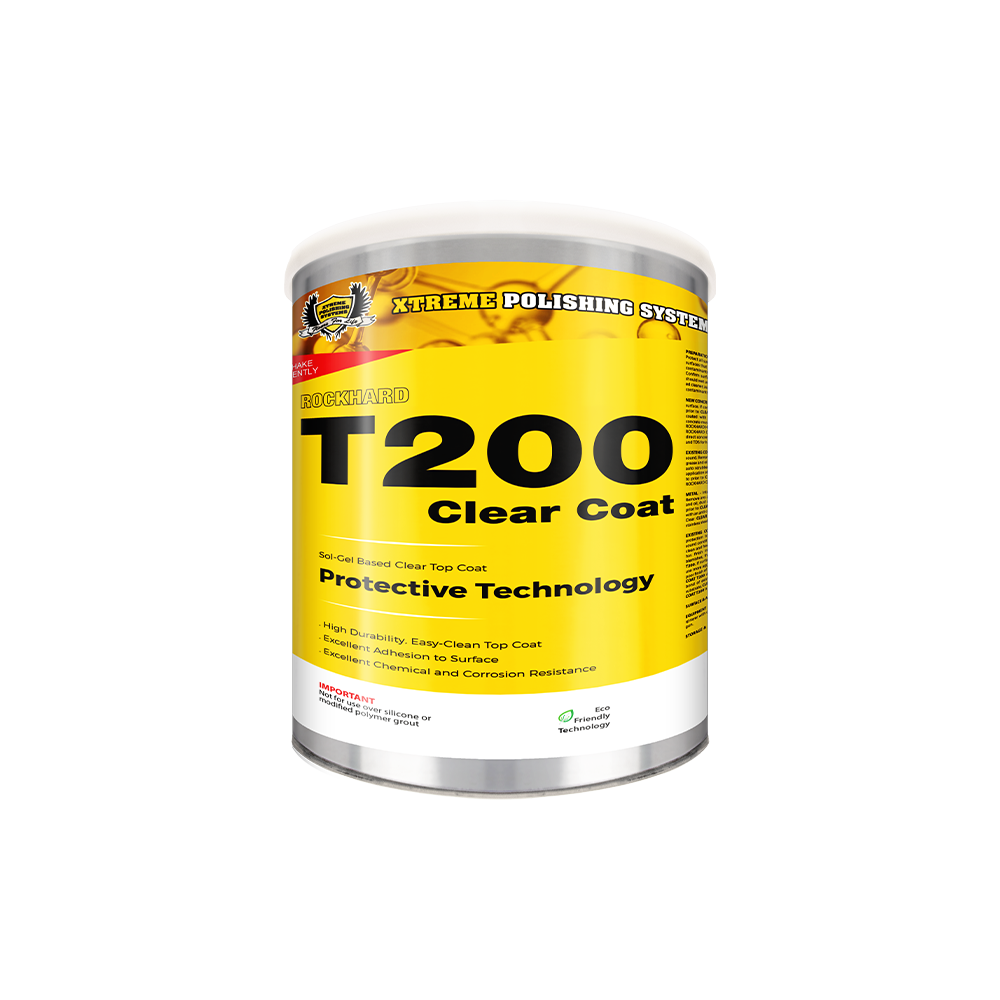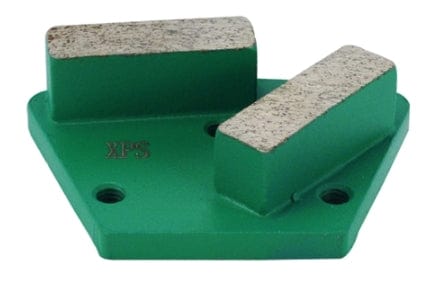For epoxy to be used safely and effectively, it is imperative to understand epoxy chemistry. A chemical reaction takes place when epoxy resin and hardener are mixed, transforming the combined liquid ingredients into solids. Cure time is the amount of time it takes for the chemical reaction from liquid to solid to take place. A liquid epoxy becomes a gel as it cures, and then becomes solid as it cures. Mixed epoxy undergoes three states during cure: liquid, gel, and solid. The following epoxy cure stages are explained below:
1st stage: Liquid
In epoxy chemistry, open time (also working time or wet lay-up time) refers to the period after the resin and hardener are mixed and a reaction has commenced that the mixture remains liquid and is suitable for the application. To ensure a reliable bond, assembly and clamping should be performed during the open period.
Stage 2: Gel
When the epoxy mixture starts to gel (also called “the green stage”), it becomes unworkable. As soon as the epoxy reaches a dense rubber consistency, you will be able to dent it with your thumbnail as it has progressed from a tacky, gel consistency. Until the epoxy mixture completely cures, new epoxy applications continue to chemically link to the partially cured epoxy mixture. This means the surface can be bonded to or recoated without special preparation. When a mixture reaches its final cure point, this ability diminishes.
Stage 3: Solid
A chemical reaction has taken place between the epoxy and the catalyst. After it cures fully, your thumbnail should not be able to dent which means the mixture can be shaped and dry-sanded. About 90% of the product's ultimate strength has been reached at this point in epoxy chemistry and a room-temperature cure will continue for several days.
Post epoxy curing
A new application of epoxy will no longer chemically adhere to it. Therefore, the surface of the epoxy must be properly prepared and sanded before re-coating to achieve a successful mechanical, secondary bond. Once the epoxy has cured to a solid state, low-temperature heat can be applied to improve its thermal performance and reduce prints through fabrics.
How epoxy cure time works
Many of the processes involved in building and repairing epoxy are governed by the open time and cure time. During the open time, the materials are mixed, applied, smoothed, shaped, assembled, and clamped. It is important to know how long you need to let your project cure before you can go on to the next step. Open time and overall cure time of an epoxy mixture are determined by two factors: hardener cure speed and epoxy temperature.
Hardening speed of epoxy
The cure temperature range of each epoxy hardener varies. Regardless of temperature, each resin/hardener combination will undergo the same curing stages, but at a different pace. For the job, you are doing and the conditions you are working in, choose the hardener that gives you adequate working time. The hardener pot life and cure time are described on the product guide and container labels.
The pot life of epoxy is a measure of how fast the epoxy cures when it's mixed with different hardeners. In simple terms, it describes how long a specific mass of resin and hardener remains a liquid at a particular temperature. An epoxy hardener's pot life is much shorter than its open time since it measures how fast a mass of epoxy cures rather than just a thin film.
Epoxy temperature explained
In general, epoxy cures faster at warmer temperatures. The chemical reaction between epoxy components is sped up by heat. Exothermic heat generated by the cure of epoxy determines the temperature of the curing epoxy.
Epoxy is heated by ambient temperature, which is the temperature of the air or material with which it comes into contact. In most cases, air temperatures are the ambient temperatures, unless epoxy is applied to a surface of a different temperature. The air temperature should be warmer for the epoxy to cure faster.
Chemical reactions that cure epoxy produce exothermic heat. Epoxy surfaces produce heat when they are thick or exposed. Heat is retained more in thicker masses, resulting in a faster reaction and more heat. This exothermic reaction is greatly influenced by the shape of the mixing container and the amount of mixture.
Adding curing epoxy to a plastic mixing cup can quickly generate enough heat to melt the cup and burn your skin. If the epoxy is enough to make the cup melt, it could cause chemical burns. A thin layer of the same quantity, however, dissipates exothermic heat, so the ambient temperature determines the epoxy's cure time. Curing epoxy is slower to cure if the layer is thinner since exothermic heat is less effective.
How to control epoxy cure times
Consider a slower epoxy hardener if the weather is warm. Small batches are easier to handle and use up, or you can pour the epoxy mixture into a larger container (a roller pan, for example), thereby extending the open time and dissipating the exothermic heat.
Mixtures capable of being coated, laid up, or assembled have a longer useful open time the earlier they are applied (after thorough mixing). If the epoxy temperature falls below the hardener's minimum recommended application temperature, use a faster hardener or use supplemental heat. Warm the resin and hardener before mixing or after the epoxy is applied by using a hot air gun, heat lamp, or another heat source. A quick cure can be achieved by adding supplemental heat to the room temperature.
Epoxy Safety Precautions
Heat is generated during the curing process of epoxy. Fill voids with epoxy no thicker than 1/2 inch. In a confined mass, several inches of mixed epoxy (like a mixing cup) will generate enough heat to burn your skin, melt plastic cups, or ignite combustible materials even after standing for several hours. This is why you should not mix in foam or glass containers, or pour into confined spaces.
Exothermic epoxy should be moved outdoors if it begins to heat up. Be careful not to breathe the fumes. After the reaction has been completed and cooled, do not dispose of the mixture.
Outgassing
Heat will lower the viscosity of epoxy that has not gelled, making it easier for it to run and sag on vertical surfaces. Heat may also cause bubbles to form in epoxy coatings applied to porous substrates (concrete, softwood, or low-density core materials). It is best to wait until the epoxy coating has gelled before warming it to avoid outgassing. You should never heat mixed epoxy above 120 degrees Fahrenheit (49 degrees Celsius).
Conclusion
Whatever techniques are used to control epoxy's cure time, a fundamental understanding of epoxy chemistry, as well as careful planning of assembly and application, will help you take full advantage of epoxy's open time and cure time.
Xtreme's premium assortment of floor coating systems is trusted in the industry because they produce resilient and professional finishes. Formulated with quality materials to create seamless finishes that are aesthetic and made to last. Our professional collection delivers high-performance results. Renovate, protect, and beautify your hard substrates such as concrete flooring, countertops, tables, bar tops, walls, and furniture.
If you're seeking beautiful, sustainable, and long-lasting surfaces it is time to consider our commercial floor coating systems, epoxy resin kits, and concrete floor coatings for your next renovation project. Choosing from our concrete floor coating systems ensures continuous protection from daily wear-and-tear, harsh chemical exposure, corrosion, and heavy equipment/ foot traffic in the most demanding areas. Xtreme Polishing Systems' collection is prominent in a variety of environments including residential, commercial, and industrial settings.

